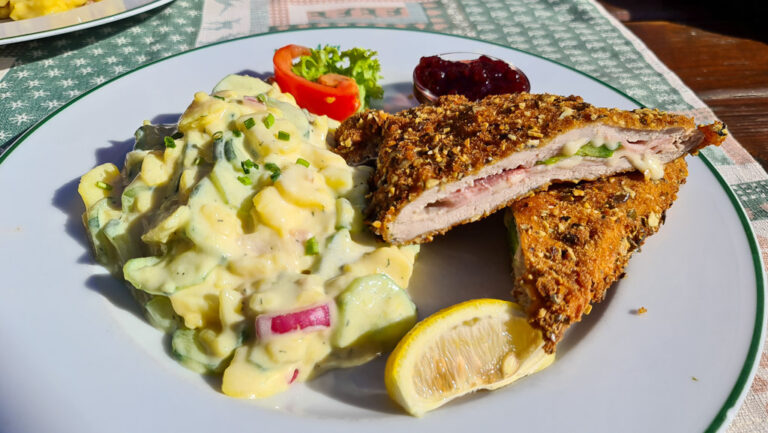Introduction: Understanding Austrian Cuisine
Austrian cuisine is known for its delicious and hearty dishes, often featuring meat, potatoes, and dumplings. However, when it comes to spiciness, Austrian cuisine is not typically associated with being particularly hot. This is due in part to the fact that Austria is not a country with a strong tradition of using spicy ingredients. Nevertheless, Austrian cuisine can still incorporate a range of flavors and spices, depending on the region and the dish.
The Use of Spices in Austrian Cooking
While Austrian cuisine is not known for being spicy, it does use a variety of spices to add flavor to dishes. Many of these spices are common in other European cuisines, such as parsley, thyme, and bay leaves. Other spices commonly used in Austrian cooking include caraway seeds, which are often used in bread and sauerkraut, and juniper berries, which are used to flavor game meats. Overall, the use of spices in Austrian cuisine tends to be more subdued and subtle than in some other cuisines.
Common Spices in Austrian Dishes
As mentioned, Austrian cuisine tends to use more common European spices, rather than particularly spicy ingredients. Some of the most common spices used in Austrian dishes include paprika, which is often added to stews and goulash, and nutmeg, which is used in potato dishes and soups. Other commonly used spices include garlic, onion, black pepper, and mustard. These spices help to create complex flavor profiles in Austrian dishes without necessarily adding heat.
Traditional Austrian Spicy Dishes
Although Austrian cuisine is not typically associated with spiciness, there are still some dishes that incorporate hot ingredients. One example is the classic Wiener schnitzel, which can be served with a spicy cranberry sauce. Another example is Tafelspitz, a traditional boiled beef dish that can be served with spicy horseradish sauce. Additionally, some regional variations of Austrian cuisine, such as Vorarlberg, may incorporate spicier ingredients into their dishes.
Regional Variations in Spicy Austrian Cuisine
As with any cuisine, there are regional variations in the spiciness of Austrian dishes. For example, the cuisine of Vorarlberg, a region in western Austria, may incorporate more spicy ingredients than other regions. Similarly, dishes from the eastern region of Burgenland may feature paprika more prominently than other areas. Overall, however, Austrian cuisine tends to be more mild than spicy.
The Perception of Spiciness in Austria
Part of the reason for the relative lack of spiciness in Austrian cuisine may be due to cultural factors. Austrians tend to prefer milder flavors and may find particularly spicy dishes overwhelming. However, this is not to say that Austrians do not enjoy spicy food at all. Many Austrians enjoy incorporating mild to moderate amounts of spice into their cooking, and there are certainly some spicy Austrian dishes to be found.
Spicy Austrian Wines and Beers
While Austrian cuisine may not be known for its spiciness, the country does produce a range of spicy wines and beers. For example, some Austrian red wines can have a peppery or spicy flavor profile, while others may be sweet and fruity. Likewise, some Austrian beers may incorporate spicy ingredients such as coriander or pepper. These beverages can be a great way to add some heat to a meal while still enjoying traditional Austrian flavors.
Conclusion: Austrian Cuisine Can Be Spicy
Overall, while Austrian cuisine may not be known for its spiciness, there are still plenty of dishes that incorporate subtle flavors and spices. Whether it’s a classic dish like Wiener schnitzel with a spicy sauce or a regional variation that features more heat, Austrian cuisine can certainly be enjoyed by those who appreciate a bit of spice. Additionally, the country’s wines and beers can provide a great way to add some extra flavor to a meal.

